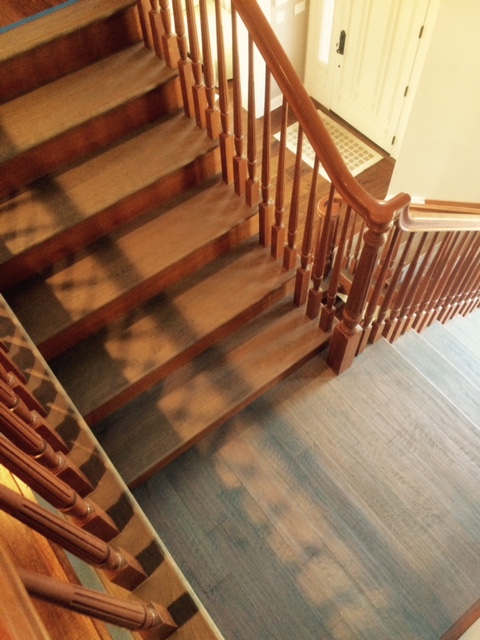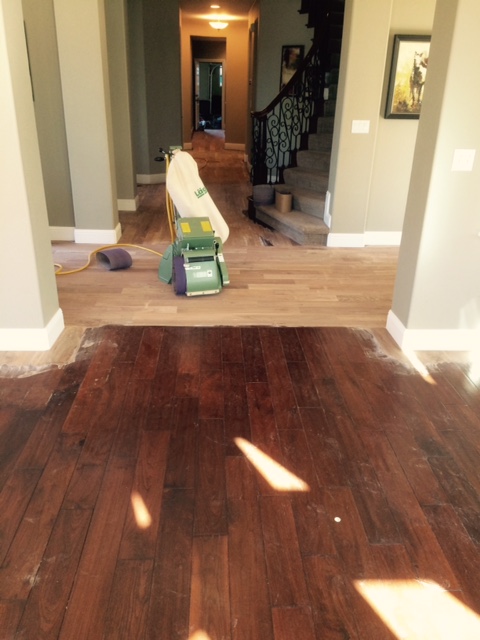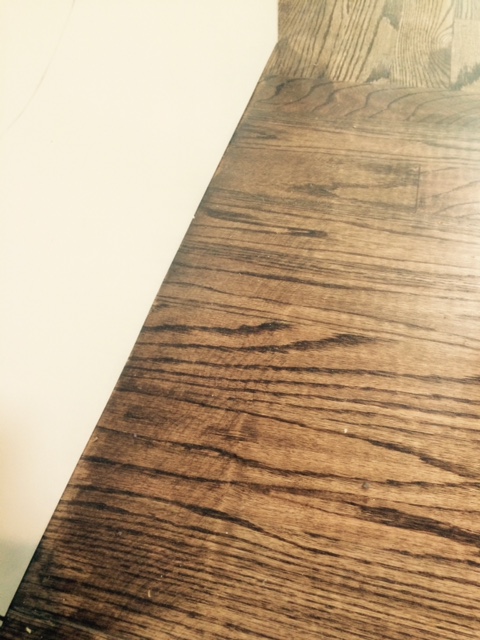How Moisture Affects Wood Floors Part 2
Proper installation of wood floors requires a certain time for acclimation of the product prior to installation. It means that the wood needs to be stored inside the home under living conditions until it is in equilibrium with its surroundings. What does it mean? It means that the wood no longer gains or loses moisture. It is in balance with the home conditions, if you will. Let’s say that Avi’s Hardwood Floors is delivering solid white oak floors to Berkeley, CA. The white oak floor usually comes at around 7% moisture content. We know this from years of testing wood floors with our moisture meters. We also know that the average sub floors in the Bay Area range at 9%-12% in most places. That means that a wood floors needs to gain moisture before they are installed. An average oak floor in our area gains about one percentage point a week, so the white oak floors would need to be acclimated for about two to three weeks in total. What happens if you don’t acclimate your wood floor? The floor will gain that moisture after the installation and at that time, it has nowhere to go but up. That is when you see hardwood floors cup and buckle. How in the world do you add so many weeks to your remodeling project just for the floor and without delaying other trades at work? Avi’s Hardwood Floors has the answer.
- We typically deliver the floor to the home a week or two before the installation and store it out of the way. For example, along a wall or behind a big couch. That way you can still maintain your life without interruption.
- We recommend acclimating the floor to the house after it is installed and before it is sanded and finished. We coordinate with other trades like painters to come in during that acclimation time to finish up their work. This way the owner doesn’t “lose” precious time just waiting for the floor to acclimate with no other work taking place.
By the time we get to finish the floors, they already reached the moisture content required. Acclimation is subjective to each home, each wood specie and each installation application. A home without air conditioning up in the Berkeley Hills has different conditions than a home in Lafayette. A red oak floor 3/4” thick will require different acclimation time than a solid Brazilian Cherry floor. A glue down of engineered wood floor will require different acclimation than a wood floor to be nailed down onto the second floor of the home.
In the end it is up to the wood flooring expert to determine the schedule of acclimation. Ensuring a successful installation is a must. If things go wrong and they do, the consequences are dire and expensive. In a failed floor installation like buckling, the floor needs to be replaced. That means additional costs:
- Moving out of your home
- Moving the furniture
- Removing trim and floors
- Identifying and fixing the moisture source
- New floors
- New trim
- Moving furniture back
This is nothing compared to the trouble in time and mental energy wasted with having to deal with what happened, who would take responsibility for it and doing it all over again. When hiring a wood floor professional care to weigh your options carefully. Paying a qualified professional more money now is better than paying them a LOT more money later to fix a problem.


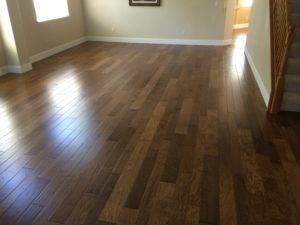
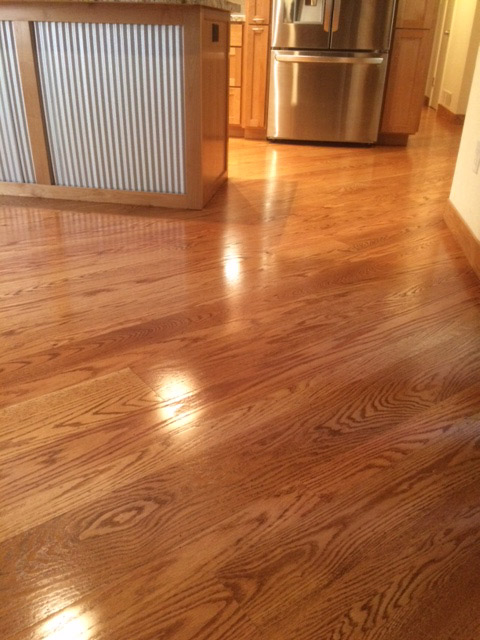
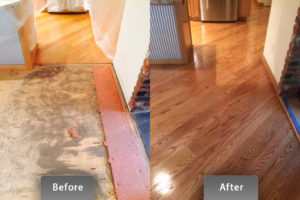
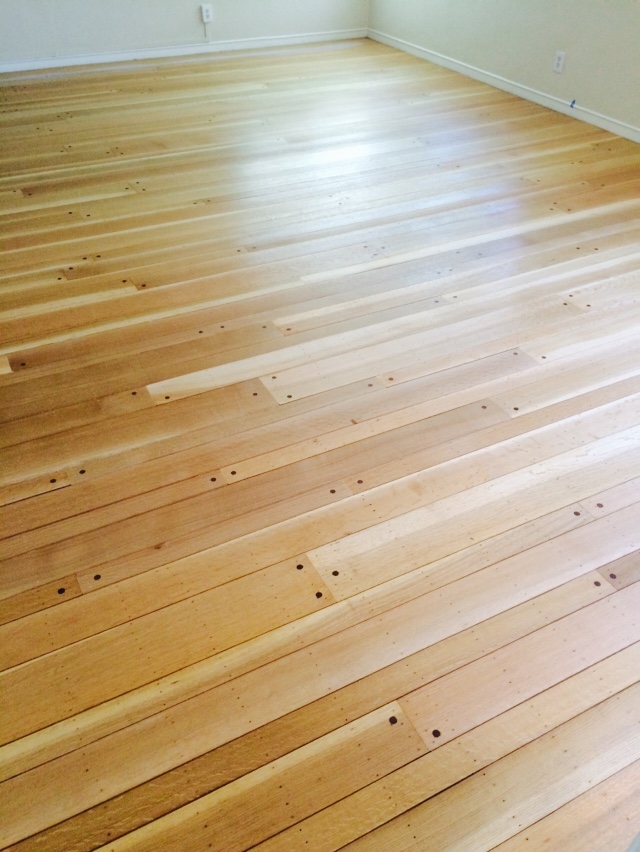 Not expensive – years ago wood floors were considered a high end choice and very expensive. With today’s growing demand hardwood floors had become the number one growing floor choice by home owners. Whether bamboo floors or exotic Brazilian cherry, wood floors are no longer just for the wealthy.
Not expensive – years ago wood floors were considered a high end choice and very expensive. With today’s growing demand hardwood floors had become the number one growing floor choice by home owners. Whether bamboo floors or exotic Brazilian cherry, wood floors are no longer just for the wealthy.
